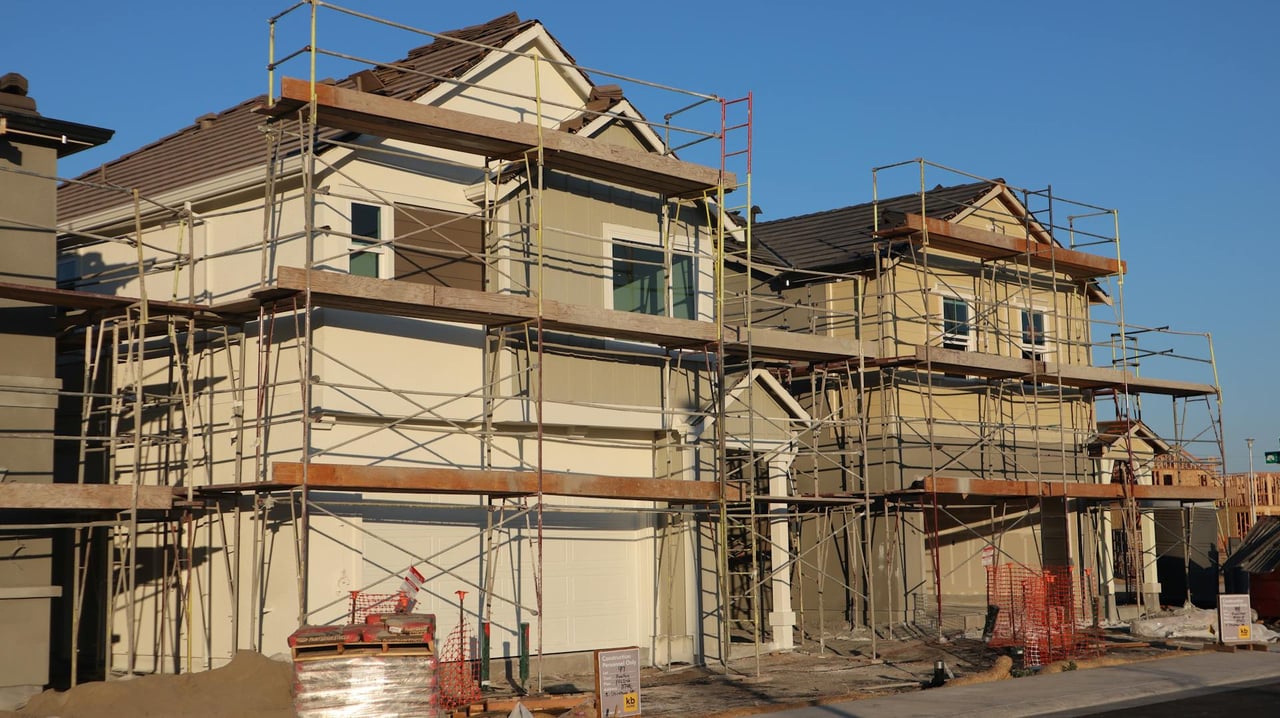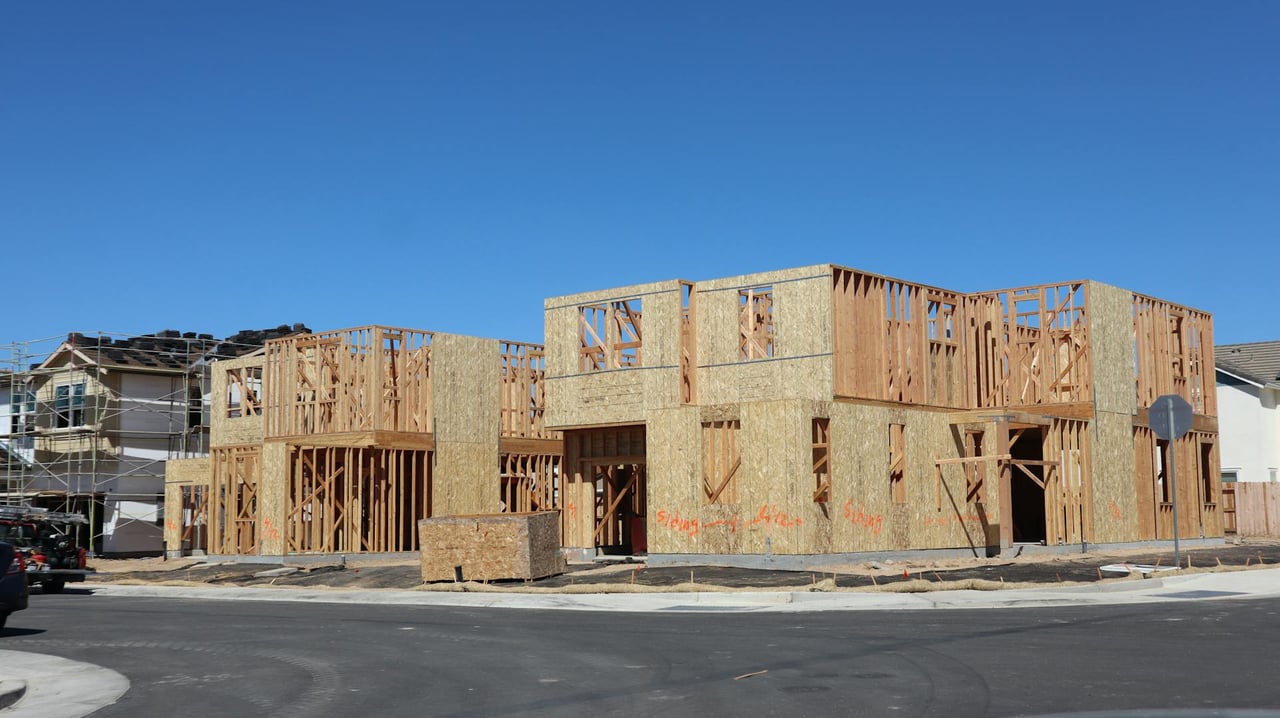Understanding Today's Mortgage Rates: Insights and Forecasts
Lisa Mailhot | July 19, 2023
Buyers

Lisa Mailhot | July 19, 2023
Buyers

If you're closely monitoring mortgage rates because of their impact on your borrowing costs, you might be curious about their future trajectory. Unfortunately, predicting mortgage rates is notoriously challenging, making it difficult to provide a definitive answer.
However, there is one factor that historically serves as a reliable indicator for rate movements: the relationship between the 30-Year Mortgage Rate and the 10-Year Treasury Yield. To illustrate this, here's a graph depicting these metrics since Freddie Mac began recording mortgage rates in 1972:
The graph demonstrates that historically, the average difference between the two rates over the past five decades has been 1.72 percentage points (also known as 172 basis points). By examining the trend line, it becomes apparent that when the Treasury Yield rises, mortgage rates usually follow suit. Conversely, when the Yield drops, mortgage rates tend to decrease. While they typically move together in this manner, the gap between the two rates has remained around 1.72 percentage points for a considerable period.
However, it's important to note that the spread has recently widened significantly beyond the norm, as depicted in the graph below:
You may wonder what is causing this spread to deviate from its typical average. The primary reason is the uncertainty prevailing in the financial markets. Various factors, including inflation, other economic drivers, and the decisions made by the Federal Reserve (The Fed), all play a role in influencing mortgage rates and widening the spread.
While this information may seem technical and detailed, homebuyers need to grasp the significance of the spread. Based on historical trends, the current gap between the two rates suggests there is room for mortgage rates to improve at present.
Furthermore, experts believe that this improvement is likely to occur as long as inflation continues to moderate. Odeta Kushi, Deputy Chief Economist at First American, explains:
“It’s reasonable to assume that the spread and, therefore, mortgage rates will retreat in the second half of the year if the Fed takes its foot off the monetary tightening pedal . . . However, it’s unlikely that the spread will return to its historical average of 170 basis points, as some risks are here to stay.”
Similarly, an article from Forbes asserts:
“Though housing market watchers expect mortgage rates to remain elevated amid ongoing economic uncertainty and the Federal Reserve’s rate-hiking war on inflation, they believe rates peaked last fall and will decline—to some degree—later this year, barring any unforeseen surprises.”
Whether you're a first-time homebuyer or a current homeowner considering a move to a property that better suits your needs, it's crucial to stay informed about mortgage rates and the predictions offered by experts for the upcoming months. By staying up to date with these developments, you can make more informed decisions regarding your housing plans.

Discover who has the advantage in October 2025's real estate market. Expert insights on buyer and seller dynamics shaping today's housing landscape nationwide.

Despite widespread concerns, economic experts remain optimistic about avoiding a 2025 recession. Learn why the data supports confidence in today's market.

Your house is exactly what buyers want this season. Discover why selling now gives you the competitive edge and how to capitalize on today's market opportunities.

Learn what homeowners must know before selling to maximize profits. Essential tips on pricing, preparation, and timing for a successful home sale.

Discover if 50 year mortgages solve housing affordability or create long-term financial burdens. Expert insights on extended loan terms for homebuyers.

Discover why builders aren't overbuilding in Orange County. Expert analysis of construction permits, inventory trends, and what this means for your real estate goals.

Discover why letting $80 monthly payments hold you back from homeownership could cost you thousands in equity. Learn smart strategies to overcome this hurdle.

Orange County's housing market is turning a corner with declining rates, rising inventory, and renewed buyer demand. Discover what 2026 holds for homebuyers and seller… Read more

Discover why new construction homes are attracting more buyers in today's market. Learn the benefits, cost advantages, and smart strategies for your home purchase.
Let's find a time that suits you best to chat about your goals, show you how we work, and figure out how we can help you the most